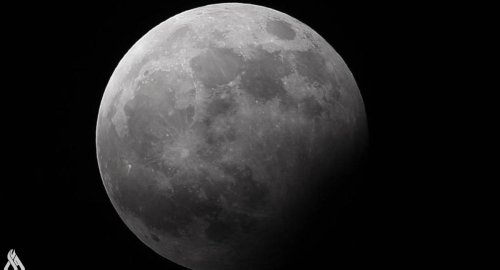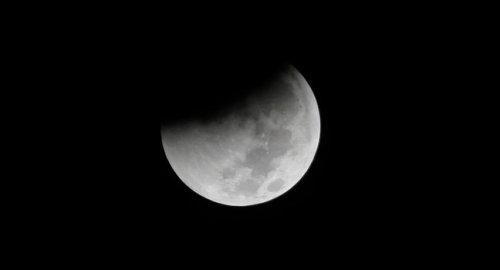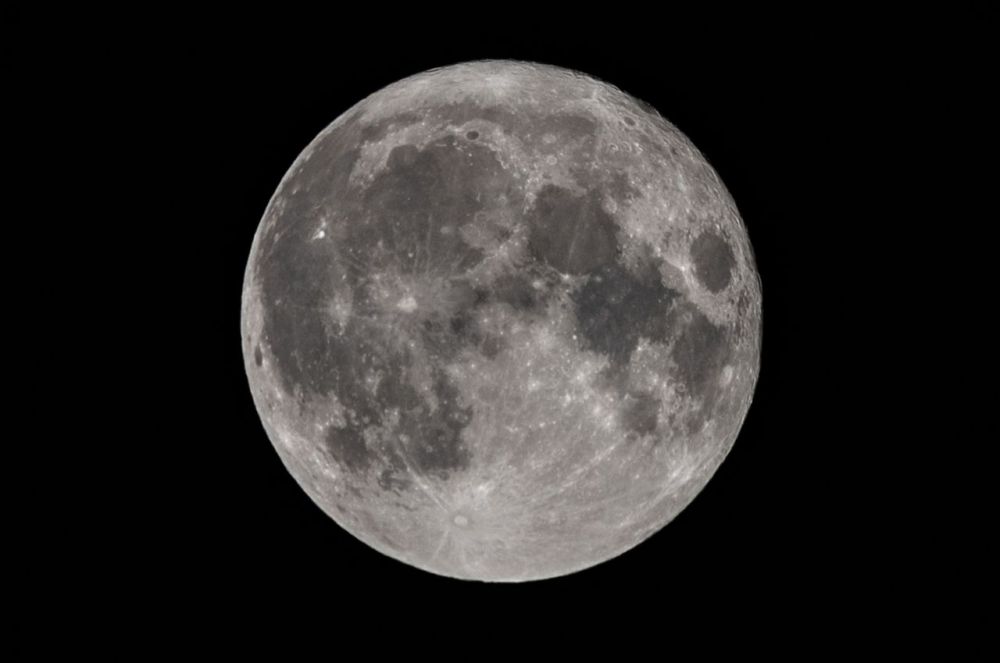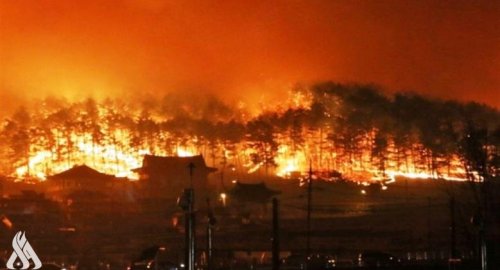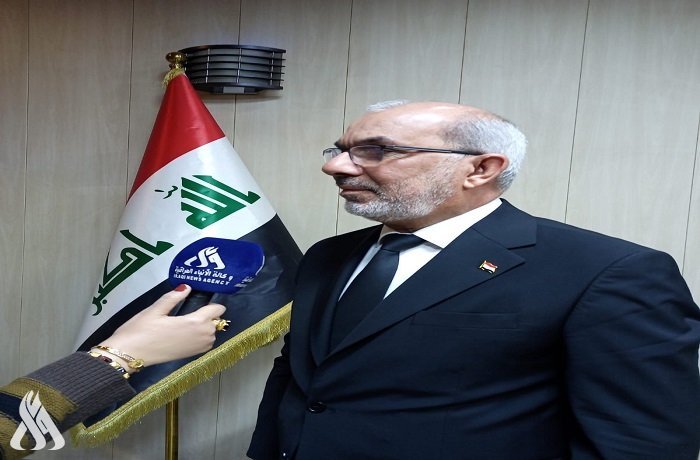
NASA Reveals Plan To Point A Huge Telescope At The Solar Eclipse

Multimedia
- 1-04-2024, 09:39
INA- sources
NASA has revealed plans for “eclipse radio” science projects to study how the Earth's atmosphere reacts to April 8's total solar eclipse across North America.
A partial solar eclipse will be visible from all of North America, though only from a 115 miles-wide path through northwest Mexico, the U.S., and southeastern Canada will it be possible to see a total solar eclipse.
‘Eclipse Radio’
NASA is funding three "eclipse radio" projects that will each use ground-based radio receivers to study the Earth's ionosphere, the part of its atmosphere that is ionized by solar radiation.Radio operators aim their transmitters at the ionosphere, bouncing signals off it to extend the range of long-distance AM and shortwave radio around the curvature of Earth. The ionosphere is between 37 to 190 miles (60-300 km), according to NOAA.
Unique Opportunity
But the ionosphere's very existence is down to radiation from the sun striking the atmosphere, so its density grows during the day and shrinks considerably during the night. So what happens during a total solar eclipse? “The eclipse provides a unique opportunity to study the sun's magnetic field and its effects on the Earth’s atmosphere,” said NASA scientist Dr. Sarah Gibson. “The ‘eclipse radio’ projects will provide valuable data that will help us better understand the physics of the sun and its impact on our planet.”Solar Patrol
Using NASA's 112-foot (34-meter) Goldstone Apple Valley Radio Telescope, students at the Lewis Center for Education Research in Southern California will study radio emission from the sun's inner corona—that part of the sun's outer, hotter atmosphere that is only visible during a total solar eclipse. The telescope isn’t in the path of totality, instead getting a 50% partial solar eclipse, but that will be useful since the aim is to study the subtle changes to the sun's radio emissions as sunspots are gradually covered by the moon. The technique was used during annular solar eclipses last October and in May 2012, when it revealed details on the sun the telescope couldn’t detect before or after the eclipse.“It’s special during the eclipse because, as the Moon is passing in front of an active region, that really sharp edge of the Moon covers up more and more of the structure in that active region,” said Marin Anderson, a research scientist at NASA’s Jet Propulsion Laboratory and GAVRT Solar Patrol scientist.
Revealing Radar
The thinning of the ionosphere known to occur during solar eclipses is the subject of an experiment using three high-frequency radars from an international network of 35. Each radar bounces radio waves off the ionosphere and analyzes the returning signal. Three of the Super Dual Auroral Radar Network (SuperDARN) sites are in the contiguous U.S.—in Kansas, Oregon and Virginia.None are in the path of totality. Instead, they will all experience a different partial solar eclipse (79%, 81%, and 28%, respectively), which will tell a story about how the ionosphere changes according to how much of an eclipse there is. The data should tell scientists about eclipse-related changes in the ionosphere’s density and temperature, and reveal how it moves.
‘Ham’ Radio Reach
Do radio signals travel farther during a total solar eclipse? "Ham" radio is the use of the radio frequency spectrum by amateurs and hobbyists, largely to exchange messages. Ham radio enthusiasts within the path of totality will be recruited for the Ham Radio Science Citizen Investigation, becoming citizen scientists on a quest to catalog how the sudden loss of sunlight during totality affects their radio signals.HamSCI is a follow-up from a similar experiment conducted during the last total solar eclipse in North America in 2017 when radio signals were observed to travel farther as the ionosphere behaved similarly to nighttime.
Measuring Sunbursts
It's possible to image the sun in radio waves because some pass right through the ionosphere. So the RadioJOVE citizen scientist project will try to capture radio bursts from the surface of the sun, which are detected by radio receivers on Earth as long-wavelength bursts of energy.However, those signals are changed by their journey through the ionosphere, so participants will use radio antenna kits to measure their intensity before, during and after totality. A smaller version of the experiment in 2017 saw solar radio bursts reduce in intensity.
source: forbes
Mo Salah's replacement is Real Madrid
- Sport
- 25/03/21
Barcelona Requests Release of 3 Players from Spain Friendly
- Sport
- 25/03/21
Fire breaks out at Disney's Epcot theme park as huge plume of smoke rises over resort
- International
- 25/03/23
